Search is the main channel of app discovery and can become a powerful way to increase installs… Don’t forget!
Table of Contents
Optimize your keywords and boost app downloads!
With this post we are going on with a series of educational articles of our ASO Academy, the place to learn App Store Optimization and how to increase downloads.
This article of our academy is dedicated to ASO Search Keywords Optimization. We will talk about how to optimize app keywords step-by-step for a new app or for an existent one, from choosing the right ones to where to put them, and what mistakes to avoid. And of course, as usual, we spice it up with some expert tips, so you can enjoy a full “how-to” guide to App Store Search 🙂
Let’s get started!
Search Optimization: ASO from scratch
App Store Optimization (ASO) is the process of optimizing an app or game to increase its visibility in Search, Top Charts Rankings and Featured and conversion rate to install in order to boost downloads and make more money. Easy!
Keyword analysis and optimization is undoubtedly one of the most important aspects of any ASO strategy. According to some studies, the search is still the major source of app discovery. According to Apple, 65% of app installs come from Search:
This is why it is crucial to optimize your app or game for Search, and the first step is, with no doubt, to focus on the keywords.
Define keywords before launching your product
Do a keyword research prior to the launch of your app and submitting it to the stores. Keeping in mind your keywords will become handy when introducing (or optimizing) your app’s textual On-Metadata: URL, App Name / Title, Subtitle (new in iOS 11), developer name, keywords field (App Store), short description (Google Play), description (both stores).
Next we will cover the process of research and selection:
Invest time in a good keyword research
Before working on optimizing your visibility in Search choose the keywords that work best for your project. This is, like in SEO world, the essence and the base of Search marketing.
Select the primary group of keywords (semantic core)
Do a good brainstorming and put down a list of all the possible keywords or keyword combinations that are related to your product, its features, the tasks it performs, IAPs, and other elements of your app or the value it brings.
Look for suggested keywords
After you have written down a list of the keywords, look for different keyword combinations to maximize your list.
It can be as simple as to check the suggestions from the search bar:
Or to use a more complete keyword research tool:
Keyword combinations are important for rankings, because it is usually hard to rank for short and high-volume keywords (head and mid-tail), but the combinations of them (long-tail), instead, have more traffic and less competition.
Keep in mind user language
Take a look at the product pages and user reviews of your competitors to understand the language that your audience is speaking and the words and expressions that are associated with your app. You can get some nice keyword ideas from there!
Choose keywords wisely and revamp them often
Pick the keywords with high traffic that are not too competitive – ideally, pick those for which your app will easily rank in top 10 and give you high visibility. It’s all about the balance between the high traffic and low competitiveness. Use long-tail, pay attention on the traffic size that the keyword has and don’t use keywords that are not so relevant to your app. It makes no sense to rank high for a keyword that is not related to your product, in the end the users will not install it.
Revamp your keywords often and eliminate those that are not performing well for your app. Check what your competitors are doing and adapt your keyword strategy to the changes in the market.
Tools for keyword research
- Google search
- SEMRush
- TheTool (:P)
- and more…
Once you have selected the keywords that you want to use, create (or adapt) your textual On-Metadata fields and use the keywords there to help your app rank higher on the app stores, get more visibility, and increase downloads.
Keywords – On-metadata in App Store & Google Play
App name / Title
App name / Title is a very important element of search ASO and conversion rate optimization (CRO). The users come across your app in the search results page, and this is where they start taking the decision whether they want to know more about your app or not. App Name is also affecting the conversion rate at the moment when user is already looking at the product page, and if the listing metadata is appealing, they will go ahead to download it.
Including some descriptive keywords next to the App Name will help your potential users understand what your app is about, and it will also make your app rank higher for these keywords as the stores give more weight to the ones placed in the title.
See these examples:
💡 Quick tip: make your App Name URL-friendly (don’t use any special characters), because in Apple App Store your product page URL will be created from your name.
Once set, it will remain fixed until you update the app and change the App Name, so better think about it in advance! This will help you later with SEO.
💡 Quick tip: in Google Play Store you can add emoji to the Title and even in the developer name. This will help you catch users’ attention, but be careful, you can’t run Google Ads campaigns if your Title contains emoji…
URL / package name (Google Play)
URL (package) means a LOT when it comes to ranking on Google Play 🌐
Read this interesting case study from Daniel Peris about how Nintendo included (accidentally) the keyword “zara” in the URL and with a boost of downloads (and user ratings) this game appeared in the top of the search results for “Zara” keyword!
Think about the keywords you want to put into the URL / package in advance. For instance, in Google Play Store you can not change the URL once it is created.
Developer name
Developer name is not only an element with a reference to the historic data previous apps, it is also a strong branding and App Store Optimization instrument. Developer name is considered by both stores as a factor for ranking in Search and Top Charts, so having keywords in the developer name is a good advantage.
Some developers even convert their names into pure ASO tools – and enjoying their place in the sun in the Top Charts:
Keywords field (App Store)
Apple App Store has made it impossible for developers to ignore working with keywords: they have a 100 character field in iTunes Connect that is used exclusively for the purpose of search ASO.
When it comes to keywords, the best practices are:
- Not to include plurals if you have already included the singular form of the word (using root words)
- Separate words with commas and without any spaces
- Not to include the same ones that you have already included to the App Name
Subtitle / Promo Text
Recently introduced at WWDC 2017, the new redesigned App Store 2.0 will include 2 new fields in the product page, which will strike the eye at the moment of opening the product page.
Subtitle is a 30 character field that will be shown right after the name (that is being reduced to 30 characters with the same update), to emphasise the purpose of the app.
It is already confirmed that in Subtitle, as well as in the new Promotional text field, the keywords will be considered by store and have effect on the ASO strategy.
Promotional text is 170-character field that is displayed right above the description of an app. The developers will be able to change Promo text, introducing new features or special promotions, meanwhile the Description field will remain fixed and will be changed only with an update.
Short description (Google Play Store)
Short description is only available on Google Play and permits to include 80 characters of text to your listing, that the users can later expand to see the full description.
It has already become a common sense to include keywords to the short description, but don’t repeat the ones that you have already included in your Title.
💡 Quick tip: use this extension to spy on short description of any app on Play Store: ASO – Google Play Short Description
Description
In Apple App Store, the description doesn’t affect the search ASO (just the Conversion Rate to install), but in Google Play, instead, the description is affecting the search. So if you want to boost installs, make the best use of it!
Both stores allow developers to include 4.000 characters for description field, which provides an great space to include a good overview about the app and describe and organize its features. Most of the users don’t get to read your full description, but they will probably screen through it, so it is important to focus on the first and the last 3 lines of description, and keep it all visually structured and explanative.
The description also plays a role in Conversion Rate Optimization, so keep it organized and informative for those who will actually take a look. Include website, support and social media links to build trust.
On Google Play Store you can take advantage of using rich formatting and emoji to make your description catchy yet effective.
For creating an informative and selling (!) description, check out this post about how to write a great description with Wrap-App Technique. Remember that in Play Store you can use rich formatting and emoji to enhance your description and make it more visual for users.
💡 Quick tip: try adding the word “app”, “apps”, “game” or “games” to your description. It will give you an advantage when ranking in mobile web search (SEO) – for example, in Google App Packs. Read more about the points of intersection of ASO & mobile web search SEO here.
Rich HTML formatting and emoji
Rich formatting is only available on Google Play now, but it is a powerful instrument to deliver messages, moods, and help organize and structure textual On-Metadata. Also, it can help to improve conversion rate and, so, increase downloads.
Read more about how to actually apply rich formatting and enhance description in this article.
ASO On-metadata – Mistakes to avoid
Some techniques or errors can be harmful to your ASO, so when creating or optimizing on-metadata, try to avoid these:
- Keyword stuffing: it is not only penalized by both Apple and Google, but also results disturbing for the users. So it can produce the contrary effect: discourage the users to install your app.
- Unauthorized use of trademarks: heavily penalized and controlled by the stores.
- Keeping the description too technical: it can be too boring for the users and thus harmful for the conversion rate.
- Grammatical or syntactic errors: generates bad impression and gives an idea that the app is of the same quality as the text.
- Lies or half-truths: not keeping the promises given to the users can cause a distrust, followed by negative reviews and uninstall.
- Changing ASO on-metadata too often: being consistent in your actions is very important for the stores to “understand” and proceed with the changes you implement, so keep at least 1-2 months of pause between radical updates.
Boosting Downloads: Conclusions
Keyword Research and Optimization are the first steps of any ASO Strategy. We have covered pretty much everything related to keywords, from how to find them, which ones to choose, in which On-metadata elements of your listing to locate them… in a word, all about what to do and what not to do when it comes to Keyword Optimization 🙂 We hope you have enjoyed it and start implementing these strategies in order to boost app installs (the organic ones). If you have any questions – let us know in the comments! ⬇
Liked the article? Share it with your friends and colleagues – thanks in advance!

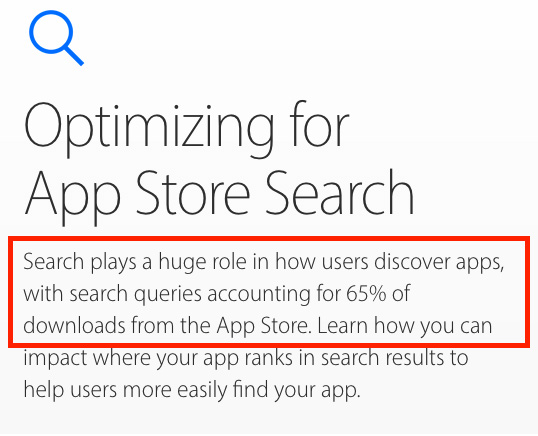
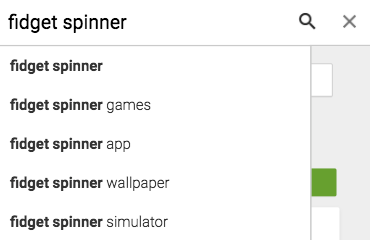
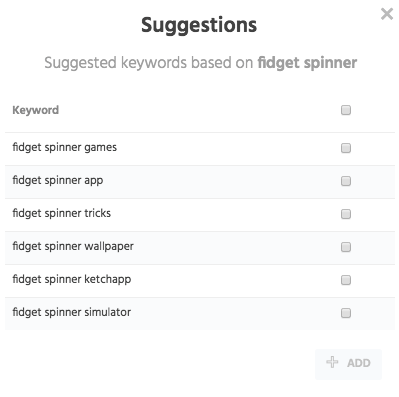
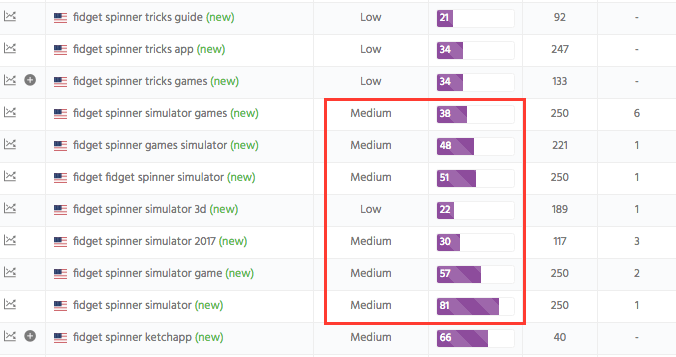
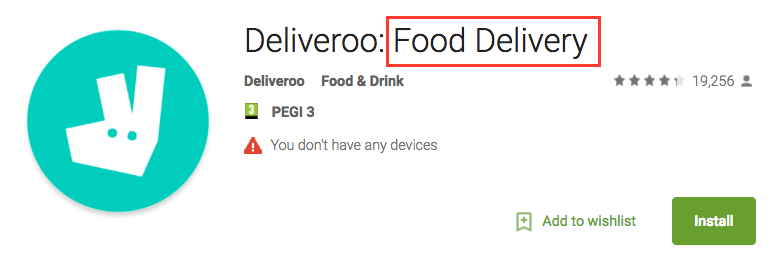
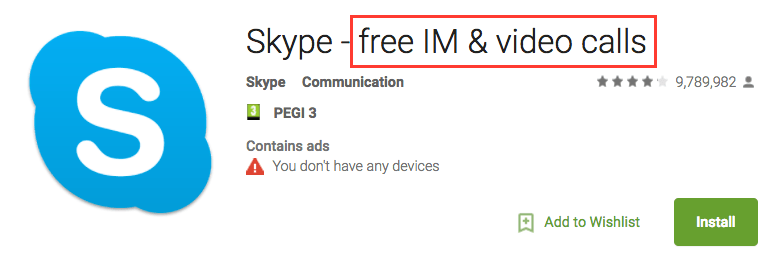
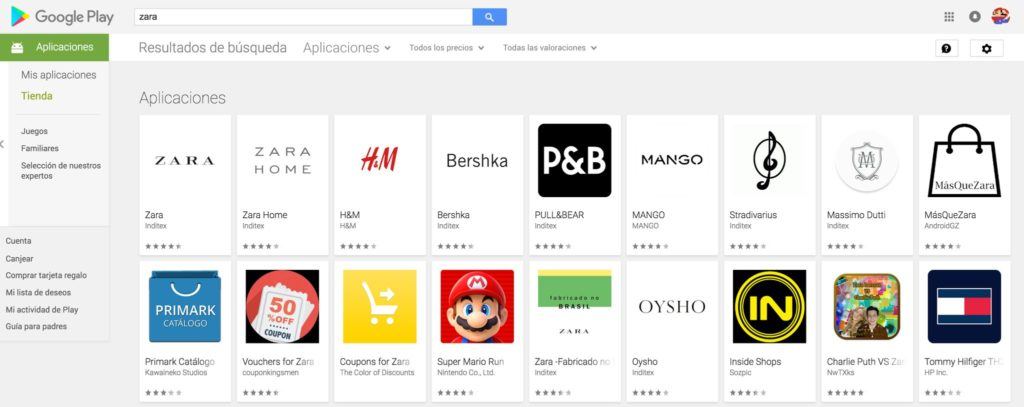
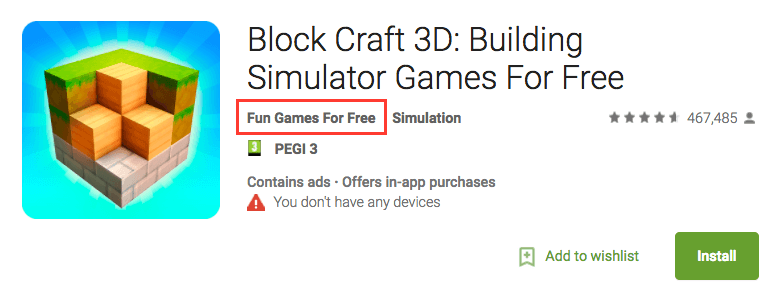
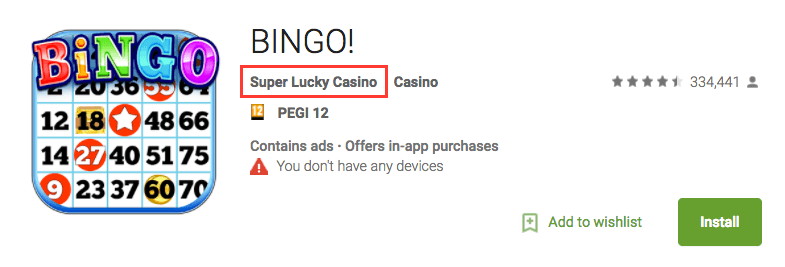
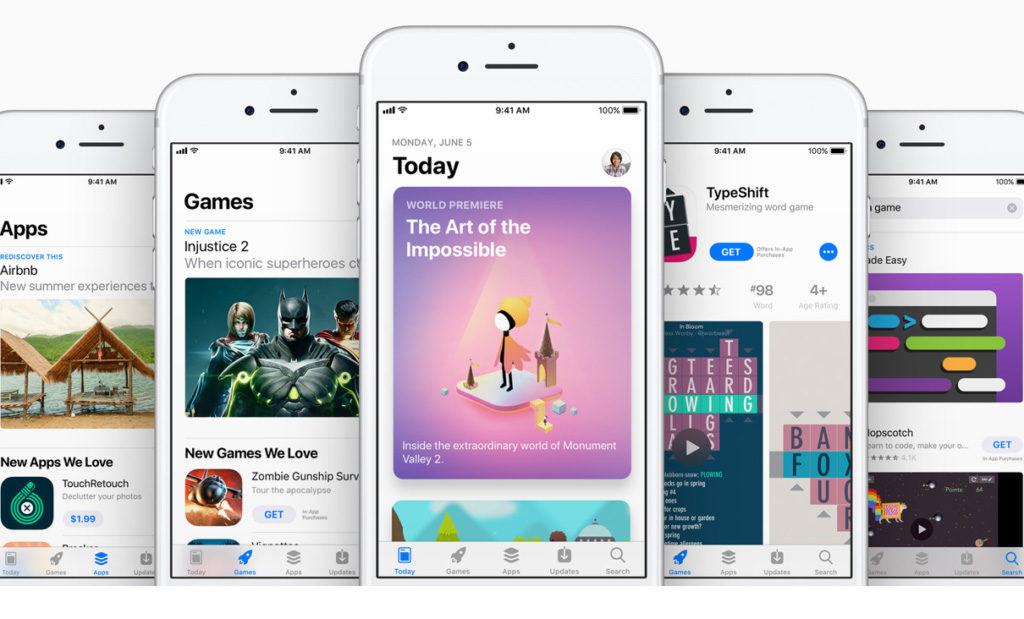
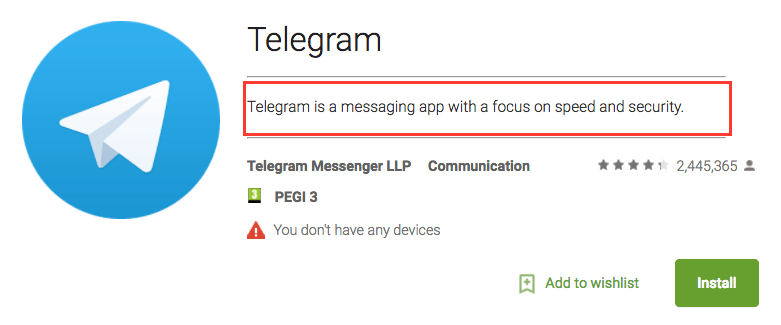
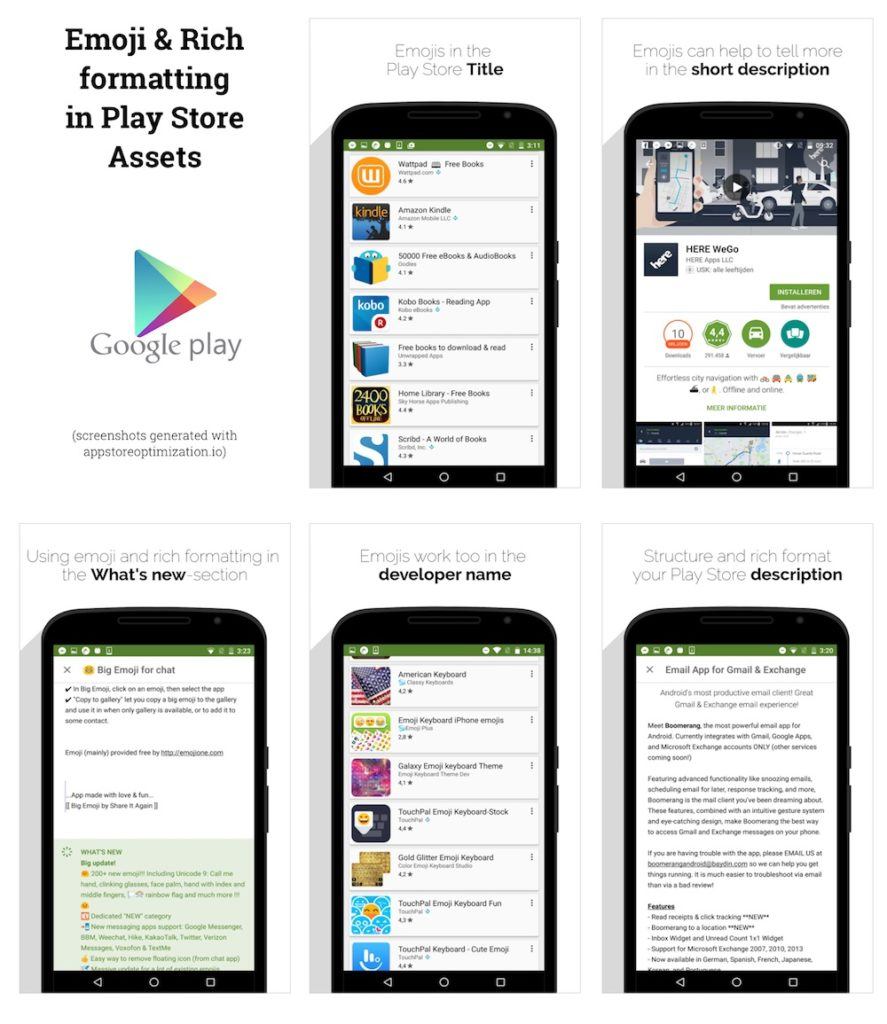

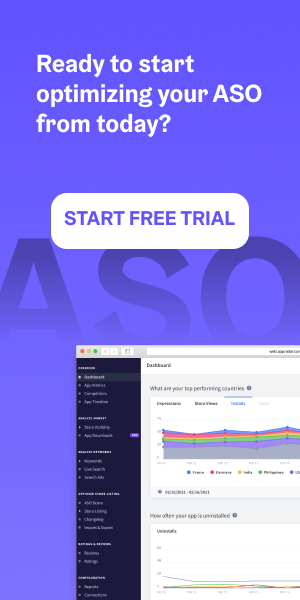
7 thoughts on “Boost App Downloads: How To Do Search Keyword Optimization”
Good article! Indeed, app keywords have a huge impact on app ranking and install. But how to find the right keywords for your app is not easy. You have to understand your app completely. If you have enough budget, you can cooperate with a reliable company to help you!
good guide! look for suggested keywords is a good way to find more keywords!
great article to increase downloads with ASO
Very informative article I have learnt about keyword optimization. Great Keep It UP…
Hello Katerina,
really useful article, I am actually quite addicted to your ASO posts 🙂 🙂 🙂
I have one question regarding the keywords field in itunes, for example, if I want to add “compare flights”, Can I add them like that “,compare flights,” or do I always need to add them separates by commas?
Thank you
Hey Rocio, thanks a lot ^^
How are you doing?
Yes, you need to add them like “compare,flights” – this way Apple will mix and match your keywords and create not only this combination, but also many others with other keywords that you introduce 🙂
Katerina; Muy interesante tu articulo.
Una pregunta, esto que mencionas en tu respuesta, sigue vigente hoy con apple store??? O ya se ha modificado???